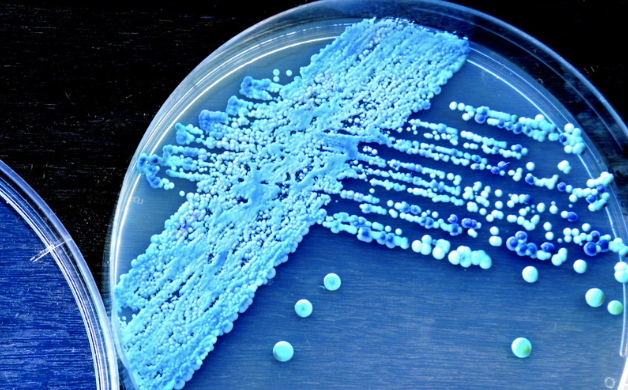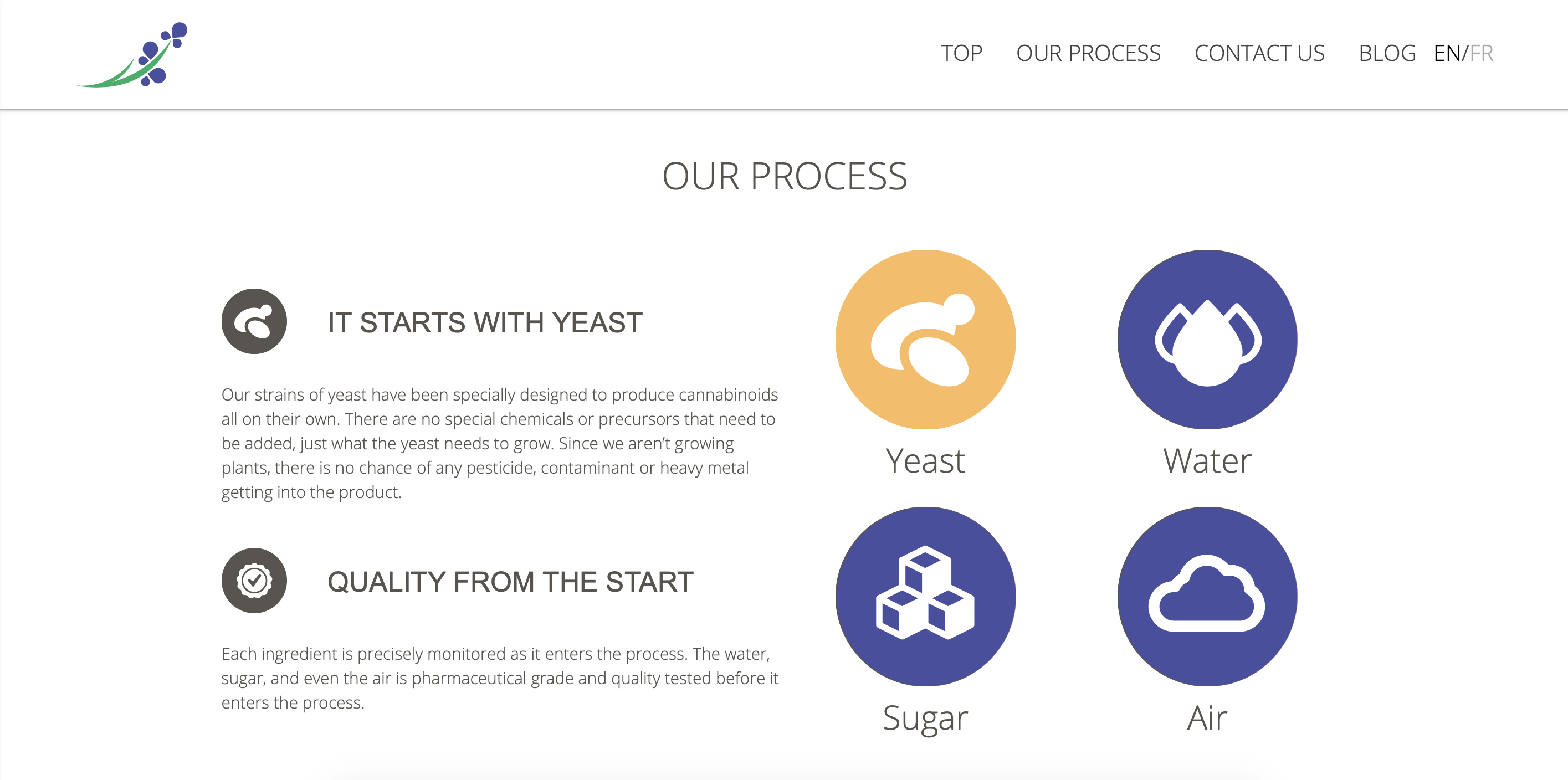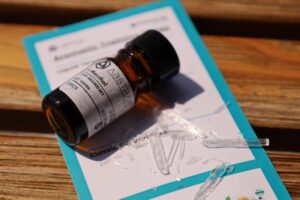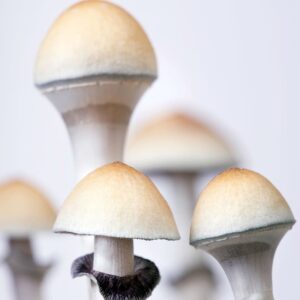I’ve known about biosynthetic cannabinoids for a while, but I never really dove into the research. Thankfully, Matt over at www.cannainsider.com recently had a podcast explaining it.
Kevin Chen, CEO of Hyasynth Bio, makes cannabinoids out of yeast. Instead of having a garden with soil, plants, sunshine, water, and months of work, Kevin grows cannabis with a big steel tank, water, yeast, air, and sugar, all in about a week. The genes of the yeast are modified to produce cannabinoids, which are extracted from the yeast culture once it’s done fermenting. Common names for this process include genetic modification, synthetic biology, biosynthesized, cellular agriculture, and others.
Check out the Hyasynth Bio website for a simple explanation of how their entire process works.
I realize many people cringe when they read or hear things that include “genetically modified” or “synthetic,”, especially regarding cannabis. Still, interestingly enough, this process is the same as how penicillin is made, which saves countless lives every day. Although I’m an advocate of natural medicine and organic farming practices, I’m equally fascinated by how Kevin breaks down the many benefits of synthetically created drugs. Maybe your opinions on synthetic cannabis products will change a bit like mine have after you read this blog and listen to the podcast
Key Takeaways:
- Time
-
- On average, it takes about 12-16 weeks to grow and harvest cannabis and then another 1-2 weeks to dry and cure. If plants are being produced for live resin extraction, the time is shortened, but regardless of the final product, the plant still requires months of growing time.
- Yeast cultured cannabinoids only take one week to ferment and extract.
-
- Consistency
-
- Many variables affect the final chemical profile (like cannabinoids and terpenes) of cannabis. Even if a grower uses tissue cultures and perfectly controls every aspect of cultivation, there will still be inconsistencies in the phytochemical profile from harvest to harvest and from plant to plant within the same harvest. There are also significant issues cannabis cultivators are up against, like pests and fungi, that can alter a plant’s chemical profile or destroy an entire grow room, affecting consistency and supply.
-
- Yeast cultured cannabinoids are incredibly consistent since the environment can be optimally controlled. Yeast-created cannabinoids are also processed to be about 99.99+% pure, leaving hardly any room for inconsistencies or impurities. The isolation of the cannabinoids may not provide an “Entourage Effect,” but they provide measurable and reliable effects, which is crucial from a pharmaceutical perspective. Yes, smoking cannabis flower or eating full spectrum edibles has helped countless people, but so have isolated cannabinoid pharmaceuticals. Here is an against-the-grain but interesting approach to the Entourage Effect.
-
- Scale
-
- From a chef’s perspective, I can easily create a recipe in my kitchen, time after time, and it will be incredibly consistent. However, if I were to make that same recipe for 1,000 people in a food production facility, I couldn’t simply multiply the recipe by 1,000 and expect it to work. Scaling recipes requires a lot of time, effort, and energy. The recipe Snickers used to make their first couple batches is very different from what they use now, making millions of bars worldwide every day. The same thing applies to a cultivator that’s expanding its facility. A 2,500-square-foot room will be very different compared to a 25,000-square-foot space. Not only will controlling the environment be different, but regulating mothers, increasing clone production, distributing nutrients, and many other factors will be a different animal.
-
- If a company growing yeast-cultured cannabinoids wants to expand their production, they make bigger batches or duplicate their lab equipment. It’s that simple.
-
- Sustainability
-
- Unfortunately, there is a lot of waste with cannabis cultivation, especially with indoor grows. Water, fertilizer, pesticides, massive amounts of electricity, grow mediums, piping, packaging, transportation, and many other greenhouse gas-producing resources are needed to get your hands on a gram of weed.
-
- Most large corporations are adopting countless sustainable processes, focusing on going green, reducing their carbon footprint, and hitting net zero. Some of these companies are also interested in cannabis. Considering all the waste in cannabis cultivation, many will look for sustainable and consistent options for their cannabinoid supply. Yeast cultured cannabis requires a fraction of the energy and waste compared to indoor (and some outdoor) cultivation. This is a significant point that Kevin revisits throughout the podcast.
-
- Rare Cannabinoids
-
- The three primary cannabinoids that are plentiful in cannabis, depending on whether the plant is hemp or marijuana and when it is harvested, are THC, CBD, and CBG. However, the plant can produce over 150 other cannabinoids in tiny amounts. For a grower to increase their supply of rarer cannabinoids, they must grow many more plants, use plant growth hormones, or find rare genetics.
-
- Aside from CBDA and CBD, CBDV and THCV are two rare cannabinoids that are also created by biosynthesizing yeast, and this technology is just getting started. As scientists further dive into yeast-cultured cannabinoids, they may be able to mass produce some of the rarest and medically beneficial cannabinoids that wouldn’t typically be found at significant levels in a cannabis plant.
-
Something that I have tried to keep in mind since I started working in the cannabis industry is to take everything with a grain of salt. So many things I’ve been told to be true about cannabis ended up being false. Now I approach everything I research with a touch of skepticism until the “truth” can actually be verified. That said, as much as I’m an advocate for natural and organic cannabis from the Earth, I’m no longer against yeast-cultured cannabinoids, primarily because of the sustainability benefits that are black and white.

Cannabinoids help people and save lives – so why would it matter how they are produced? If someone can feel less stressed or anxious, reduce pain, or minimize their number of seizures, I don’t think most people will be picky about what’s allowing them to have a better quality of life. I don’t want big Pharma to own the cannabinoid space, but even the “Godfather of Cannabis” himself sold a lot of his research and patents to GW Pharmaceuticals…wtf?
I think everyone should be free to grow cannabis, but even if it were legal, a fraction of cannabis users wouldn’t be able to or wouldn’t care to. There will also be a plethora of people that won’t use cannabis, yet if a doctor gives me a prescription for something that comes from a pharmacy, they will confidently take it, even if it’s a cannabinoid. Those people deserve to benefit from cannabinoids too!
So, where can we find the balance between home growing, the cannabis industry, and Big Pharma? I have no idea. Federal legalization will be the first big step in figuring this out. As law and technology come together and expand the potential for cannabis, fascinating things are going to happen.
Thanks for reading!
Brandon @ Trichome
Please check out the podcast and comment with your thoughts!



